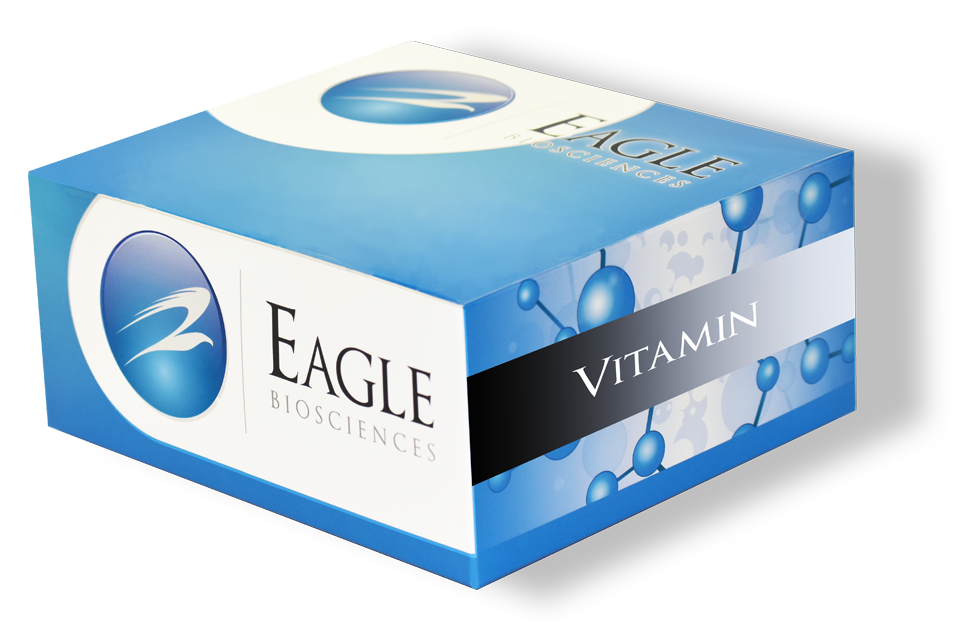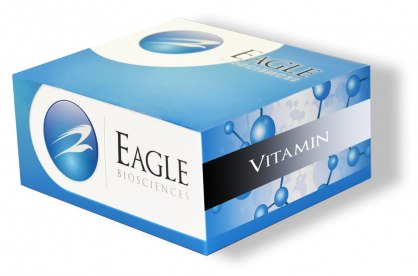Vitamin B1 HPLC Assay
The Vitamin B1 HPLC Assay is For Research Use Only
Size: 100 tests
Incubation Time: 20 minutes
Sample Type: EDTA Whole Blood
Sample Size: 50 µL
Alternative Names: Thiamine Pyrophosphate, Thiamine Diphosphate
Controls Included
Reference Values (Normal): 35 – 99 ng/ml
It is suggested that each laboratory establish its own normal ranges
Assay Background
Vitamin B1 is a water soluble vitamin. It consists out of a pyrimidine and a thiazol ring, which are synthesized independently and linked afterwards. Vitamin B1 is de novo produced by many plants and microorganisms. Humans and animals have to take it up by nutrition. They are only able to do the phosphorylation reaction of the thiamin molecule.
Thiamine is found free and as mono-, di- and triphosphate. The different forms can be transferred into each other. The metabolic active form is thiamin diphosphate in the body and thiamin triphosphate in the brain. Thiamin diphosphate (TDP) works as thermostable coenzyme in many enzymes of the carbohydrate and amino acid metabolism. In most reactions TDP catalyzes the cleavage of C-C bonds. In the nervous system vitamin B1 is needed for the stimulation of nerve cells.
The classical disease of patients with a lack of vitamin B1 is Beriberi, which is known from regions where people eating predominantly white rice. The symptoms are paralysis, muscle dystrophia and heart failure. Other diseases are the Wernicke encephalopathy, the Korsakow syndrome and some forms of the Landry`s paralysis. In industrialized countries alcoholism seems to be the most important reason for a lack of vitamin B1. In alcoholics the thiamin resorption is disturbed. Due to a damage of the liver the storage capacity of vitamin B1 is reduced.
The Eagle Biosciences Vitamin B1 (Thiamine Diphosphate) HPLC Assay Kit makes it possible to determine the vitamin in an easy, fast and precise method. The kit includes all reagents in ready to use form for preparation and separation of the samples with exception of the columns (IC2201rp) and the controls (IC2201ko). Both can be supplied by The Eagle Biosciences. Beside the complete test kit it is possible to order all components separately. Please request our single component price list.
Related Products
Vitamin B1 HPLC Assay Kit Column
Vitamin B1 HPLC Assay Kit Control Set
Vitamin C HPLC Assay Kit


